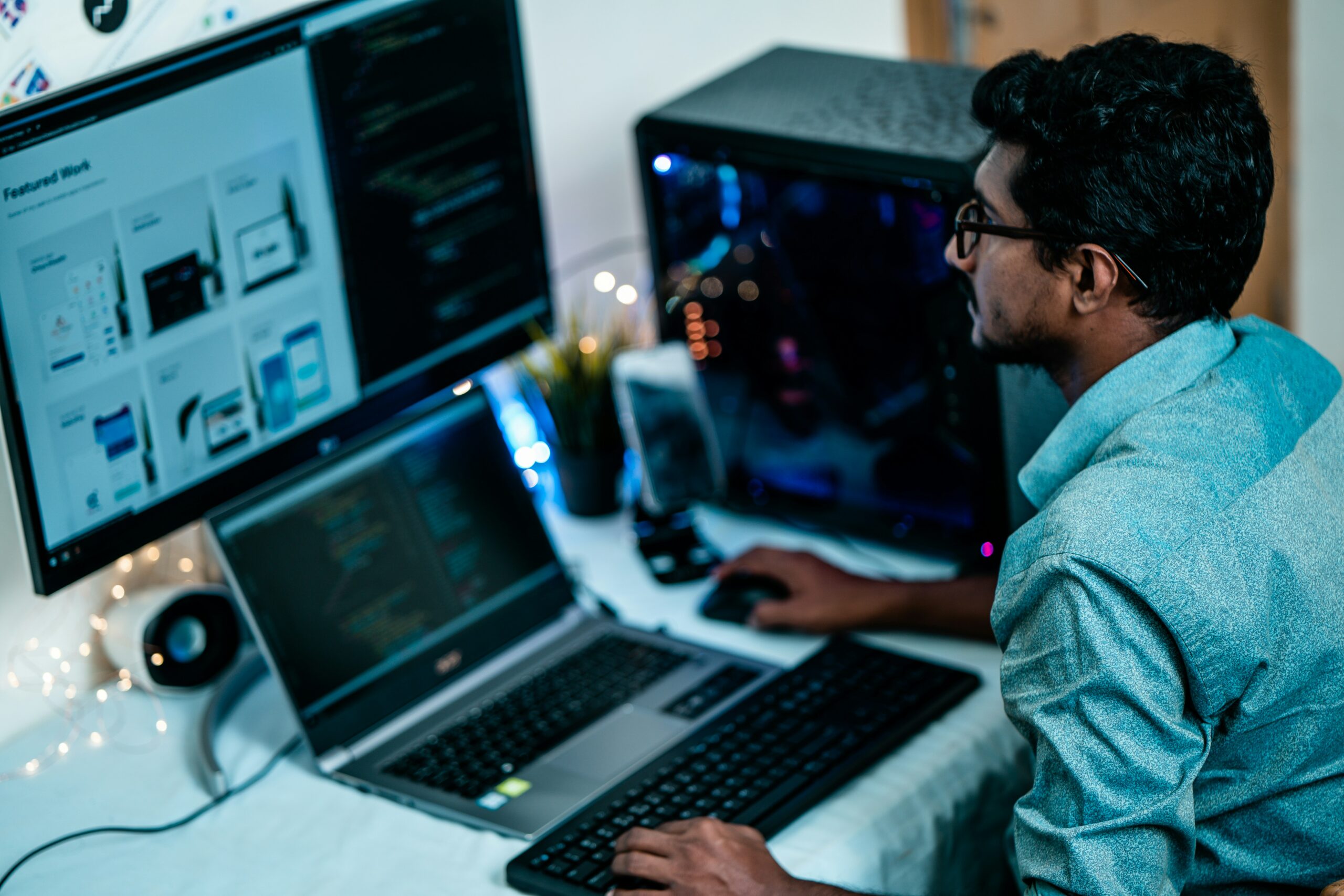Defining Digital Literacy
In order to delve into the vast intricacies of “Digital Literacy” (DL) we must first define the term. I have already broken down the first half of the phrase in my article, Define “Digital”. In its simplest form, digital describes a space whose existence is based on a CPU and is both rigid and specific. Literacy, while seemingly simple in nature, adds depth and complexity to the term. The Oxford English Dictionary defines it as “the ability to read and write.” This brief, and albeit underwhelming, description doesn’t lend any explanation to the associated term.
As it stands, we have defined it thus far: Digital Literacy is the ability to read and write in both rigid and specific CPU-based spaces. To be blunt, this is a bad definition. It is both extremely vauge while also being extremely exclusionary. In this scenario, DL is limited to just the ability to read and write a certain way, while anyone who has existed in a digital space knows that there is so much more to it than that. Eyman points out this disconnect by saying that “[DL] also goes beyond the textual and includes the effective use of symbolic systems, visual representations of language, and digital object manipulation.” With this in mind, we must rework our definition.
Changing Literacy
The biggest issue with the current phrasing of DL is the latter half of the term. The best way to alleviate this issue is by changing the way we understand it. There is a deeper meaning to the word “Literacy” than the aforesaid one. The term can also be used to describe your ability to perform a task effectively. If you can play the cello, you have cello literacy. If you can hunt, you have hunting literacy. And so on and so forth.
Under this new idea, DL is the ability to use digital spaces effectively; this definition fixes many of the previous definition problems.
Measuring your DL
Now that we know what DL is, why does it matter?
By understanding your current DL, you can assess your current standings, set goals, and create checkpoints in order to improve. (Note: Everyone will have a different level of DL, so I apologize now if your exact skillset is not mentioned.)
First, you have to start with an assessment. This will, for the most part, include your functional skills. Some skills to focus on are: your ability to type, using command prompts, or even something as simple as whether or not you can open a web browser.
Next, you can look at a deeper level of your digital literacy in terms of your practical understanding of digital spaces and interfaces. This can relate to how well you are able to find information, utilize elements on a page, or determine the credibility of websites.
When you’re ready for the next step, you should analyze your ability to problem-solve within digital spaces. This is a good gauge because many people struggle with this; almost anyone with a parent or grandparent who uses a smartphone is all to familiar with this skill gap.
While there are countless more ways to evaluate your DL ability, once you’re done, you can start moving towards improving your skills. If you know you struggle with typing, maybe you can try typing practice. If you want to learn more advanced coding languages, maybe you can take some classes. At the end of the day, understanding and improving your Digital Literacy is both necessary and beneficial to your journey as a writer.





Leave a Reply